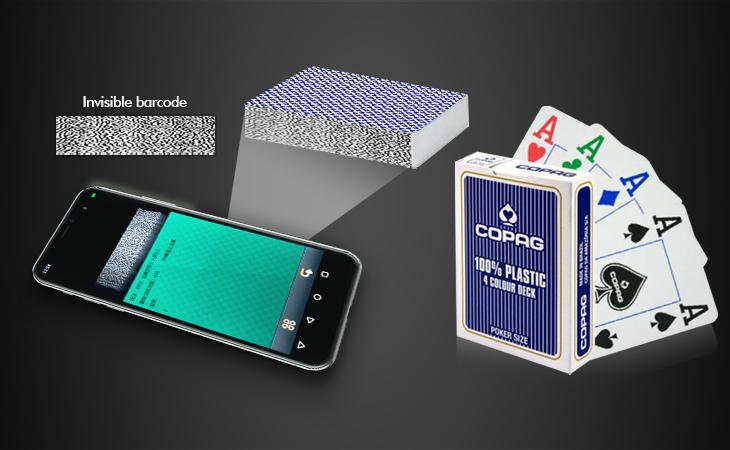
In the world of card games, gaining an edge can make the difference between winning and losing. One method that has been gaining popularity is the use of barcode for cards.
The Power of Barcode for Cards
Barcode for cards is a technology that has revolutionized the way we play card games. These are not your ordinary poker card. They are embedded with invisible barcodes that can be read by a special scanner or a poker hand calculator.
A Game-Changing Example
Consider a high-stakes poker game where a player equipped with a poker hand calculator that can read barcode for cards would have a significant advantage. They could know the value of the cards in the deck before they are even dealt. This information could be used to make more informed decisions and increase the chances of winning.
A Deeper Look at Types of Barcodes on Cards
Linear Barcodes
Linear barcodes, also known as 1D barcodes, are the simplest and most commonly used type of barcode. They consist of a series of parallel lines of varying widths and distances apart. Each unique pattern corresponds to a specific number or character. In the context of playing cards, this could be used to encode the rank and suit of each card. However, the amount of data that can be stored in a linear barcode is relatively limited.
2D Barcodes
2D barcodes, such as QR codes or Data Matrix codes, can hold a lot more information than linear barcodes. They consist of a grid of small squares, each of which can be either black or white. This allows them to encode a large amount of data in a small space. In the context of playing cards, a 2D barcode could be used to encode not only the rank and suit of each card, but also additional information such as the card’s history in the game or special instructions for how to play the card.
Invisible Barcodes
Invisible barcodes take the technology one step further by making the barcode itself invisible to the naked eye. These barcodes are printed with a special ink that is transparent under normal light but becomes visible under infrared or ultraviolet light. This allows the barcode to be read by a specialized scanner while remaining hidden from the players and spectators. In a game of poker, for example, a player with a scanner could read the barcodes to know the identity of the cards in the deck, giving them a significant advantage.
Other Types of Barcodes
There are also other types of barcodes that are less commonly used but could have potential applications in playing cards. For example, 3D barcodes can encode information in the height as well as the width and length of the barcode, allowing them to store even more data. There are also color barcodes, which use different colors to encode information, and even barcodes that can be read by touch, although these are still in the experimental stages.
Conclusion
In conclusion, the use of barcode for cards offers a new dimension to card games. It provides a unique way for players to gain an edge, making each game more exciting and unpredictable.
For more information about barcode playing cards, please refer to:Technology Behind Barcode Playing Cards


